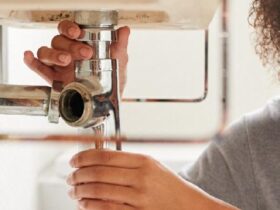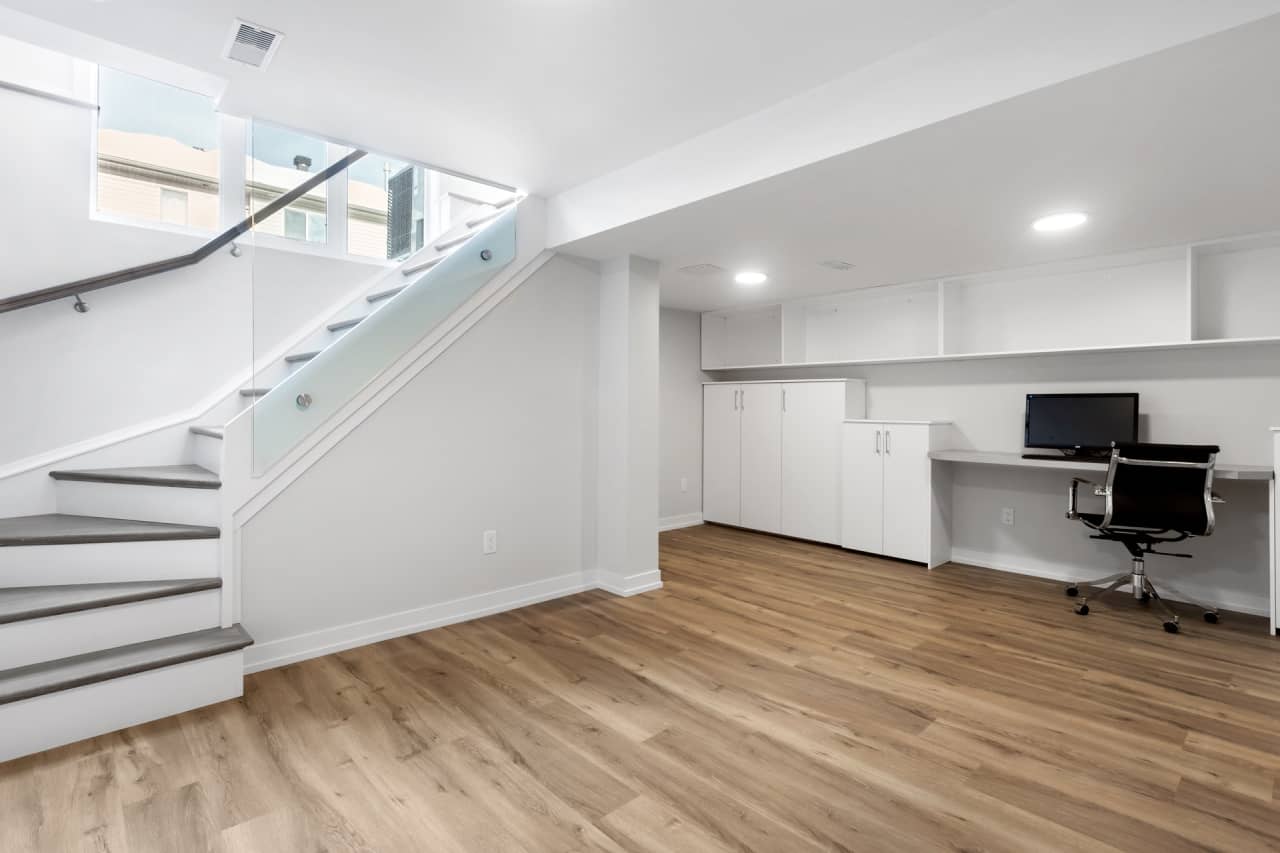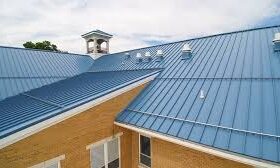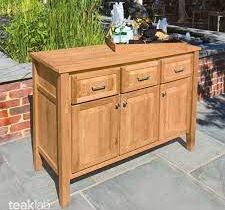Water damage is a serious problem that can lead to structural integrity issues and mold growth and harmful bacteria indoors. Unfortunately, most homeowners do not know how to spot signs of water damage and only realize there is a problem when it is too late. In this article, we’ll outline 12 signs of water damage in your home.
1. Water stains
The most obvious sign of water damage is yellowish-brown stains on your ceiling, walls, and floors. Regularly inspecting these surfaces can help you discover these spots, which are often a sign of leakages from your roof or water supply lines. Since water stains expand over time and lead to worse problems, it is advisable to seek the services of a mold remediation company immediately after you notice them.
2. Cracks on walls and ceiling
Water damage to your walls and ceiling can manifest as cracks or sagging. This results from water getting absorbed by these surfaces, leading to expansions and swelling. Similar to water stains, these cracks and sags will keep growing if neglected and can be a safety hazard if a regular overflow or water leaks are causing the problem.
3. Visible mold growth
Indoor mold growth is caused by moisture buildup and dampness, which are indications of underlying water seepage or leakage problem. Since mold can grow anywhere, including on your carpet, furniture, walls, and ceiling, you must never ignore any sign of blue, green, or black spots.
Mold presents several dangers as it gradually destroys the surfaces it grows on, and produces allergens, which could be a health hazard for your family. Quickly identifying and eliminating mold will help prevent costly property damage while protecting your loved ones from serious health concerns.
4. Musty smell
Indoor mold growth is not always instantly noticeable, as these fungi thrive in dark and wet areas that are often out of sight. However, with a good sense of smell, you can quickly point to a water leak and mold problem that often causes an unmistakable musty odor. Any strange smells should trigger you to inspect your home or call mold removal experts to quickly identify and rectify the underlying problem before things get out of hand.
5. Pooling water or puddles
If you notice pools of water or puddles in your home that have not been caused by floods or an overflow issue, you probably have a leak or seepage somewhere. Pay extra attention to your basement and crawl space when inspecting potential sources of these leaks, as these are the most common areas for pooling water. Remember to clean up pooling water as soon as you notice it to prevent further damage to your property.
6. Damages to the roof
Your roof can be a source of water damage to your property and should regularly be inspected for any signs of damage. A sagging roof, missing shingles, and clogged gutters are among the indicators that you have a roof leak. Depending on the extent of damages caused, you might need to have your roof repaired or replaced for better protection against rainwater and other elements.
7. Damaged flooring
Whenever you have a serious water leakage or seepage problem, it will eventually get to your floor and start causing damage. To avoid this, you should always inspect your floor for signs such as:
- Dark gray or brownish stains
- Buckling, which is caused by the gradual detachment of your floor from the subflooring
- A sagging floor that often shows repeated or long-term water damage
- Cracking of your floor tiles as they start to sink to the subflooring
- Warping due to water absorption, which leads to expansions that cause raised seams on your floor
- Bubbling of the top protective layer of your laminate or hardwood floor
8. Sounds of dripping or running water
Not all signs of water damage signs are visible, and constant sounds of dripping water indicate you have leaks that should be inspected. You should also inspect whistling and hammering sounds in your plumbing system as they also indicate potential leaks that cause pressure imbalances inside your pipes.
9. Peeling paint or wallpaper
Too much moisture behind your walls will cause paint or wallpaper to peel. This mainly happens because of over absorption of water by the sheetrock behind your wall or a pipe in the wall leaking. Since this is a problem that can quickly accelerate, it is vital to find out the root cause of the problem and promptly address it.
10. Unusual dampness and humidity
High humidity and dampness in your home must never be ignored as it creates unhealthy living conditions besides rapidly weaken the building. To quickly determine unusual dampness and humidity in your home, you should watch out for:
- Efflorescence on your building’s surface
- Warping and buckling of wood surfaces
- Damages to your tiles and floor, which loose adhesion to the subflooring
- Rapid deterioration of electrical fittings
- Termite infestation as these pests are attracted to wood damaged by moisture
- Cracking and crumbling plaster walls
11. A rise in water bills
Have you noticed a rise in your water bills, yet your consumption has not spiked? This could be a sign that there is a leakage you are yet to identify, causing an increase in water use. While minor fluctuations in your water bills are common, take note of sudden spikes and inspect your tanks and plumbing system.
12. Poor outdoor drainage
Stagnant water near your house and overflows onto your foundation will cause severe structural damages if not addressed early on. The primary cause of these issues is poor drainage, which makes it hard for water to be redirected away from your property.
When inspecting these problems, take a keen look at your foundation and exterior walls for signs of any damage or cracks. You should also check the basement for any signs of water seepage, especially after heavy rains, to know the extent of the damages caused.
Endnote
Fixing water damage that has spread in your home is costly and best avoided by knowing the early signs of a potential problem before the integrity of your house is compromised.















